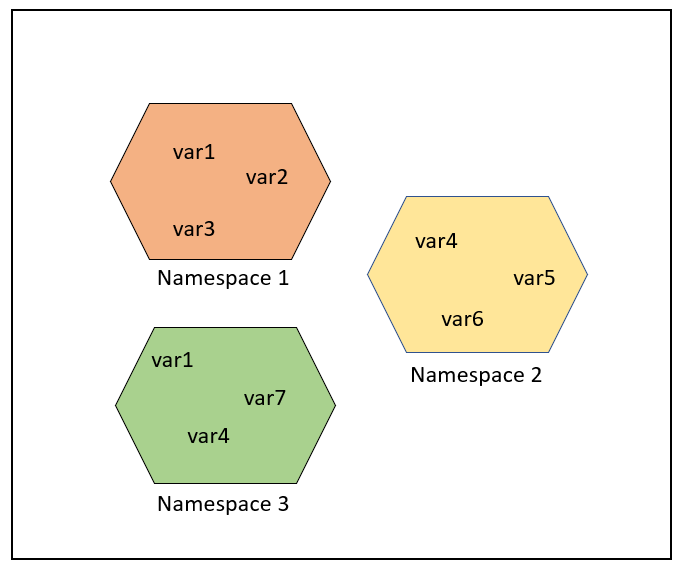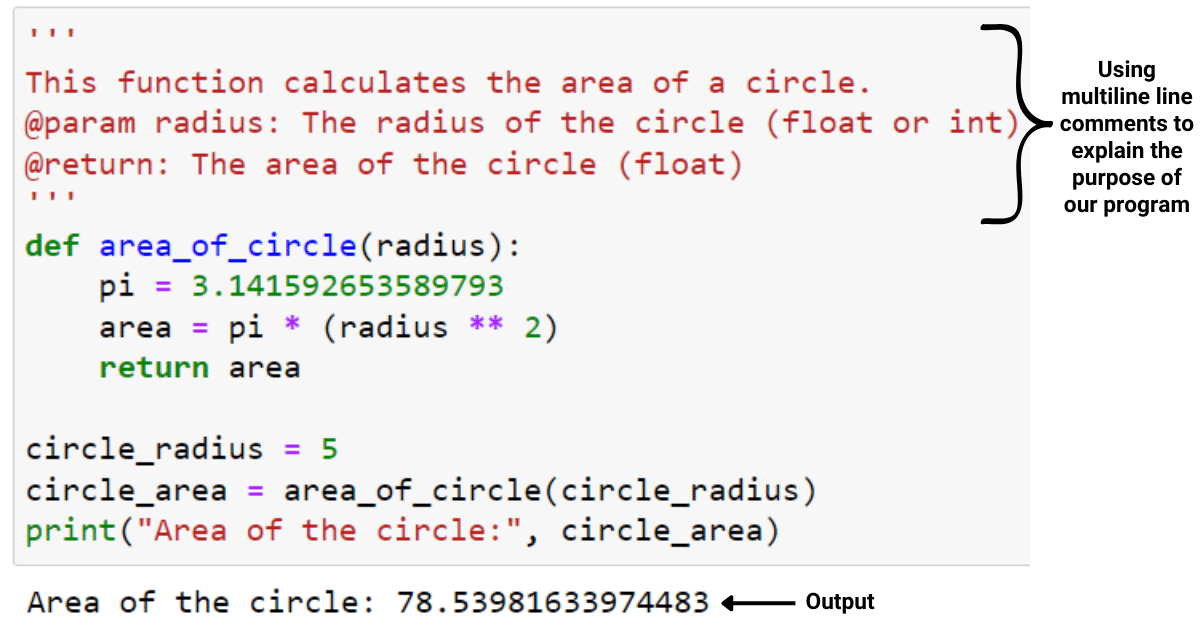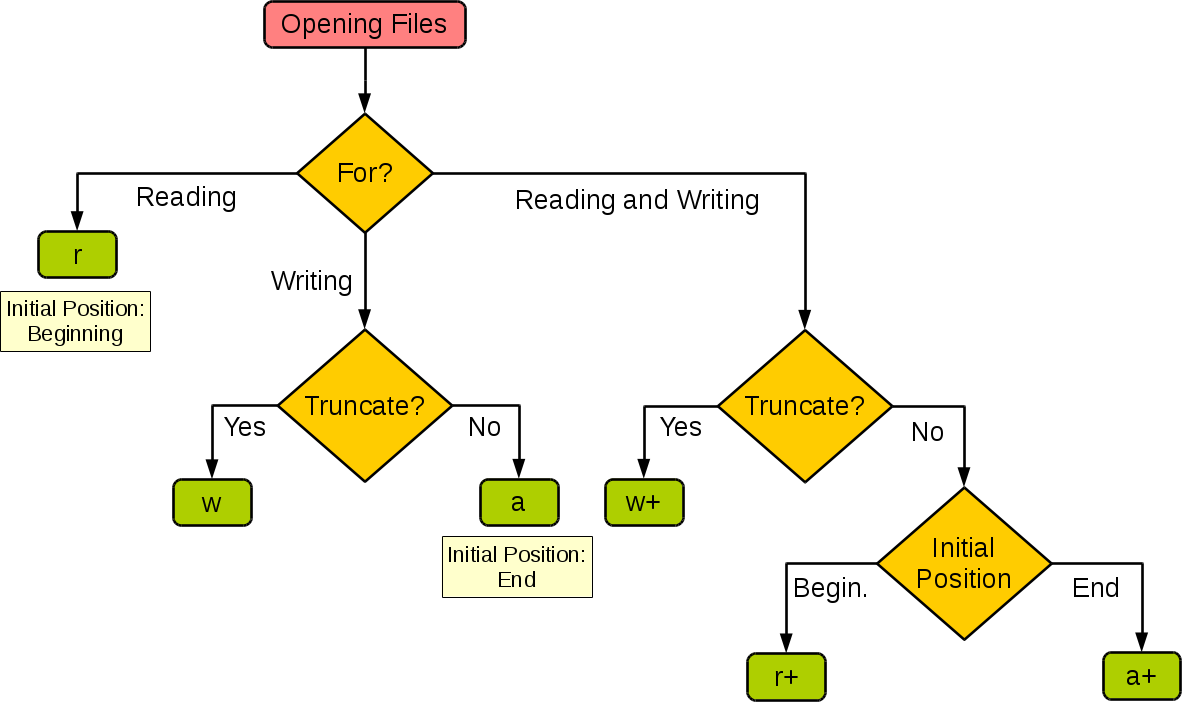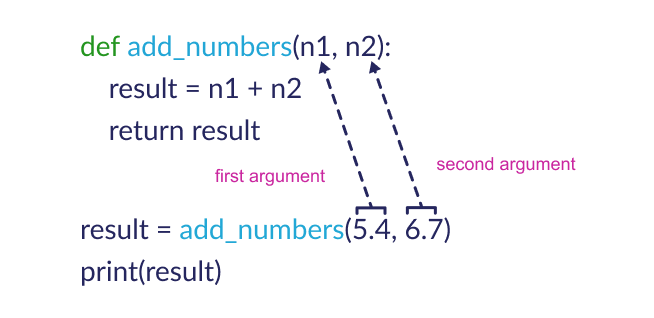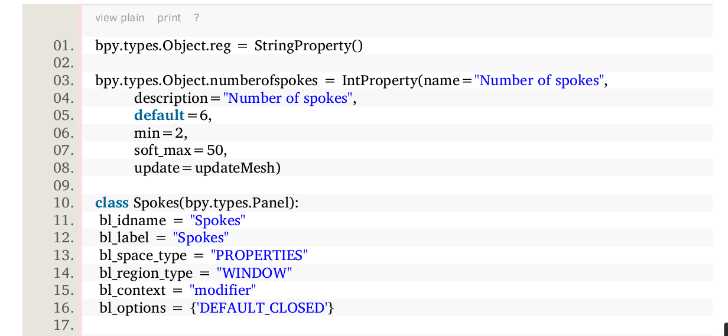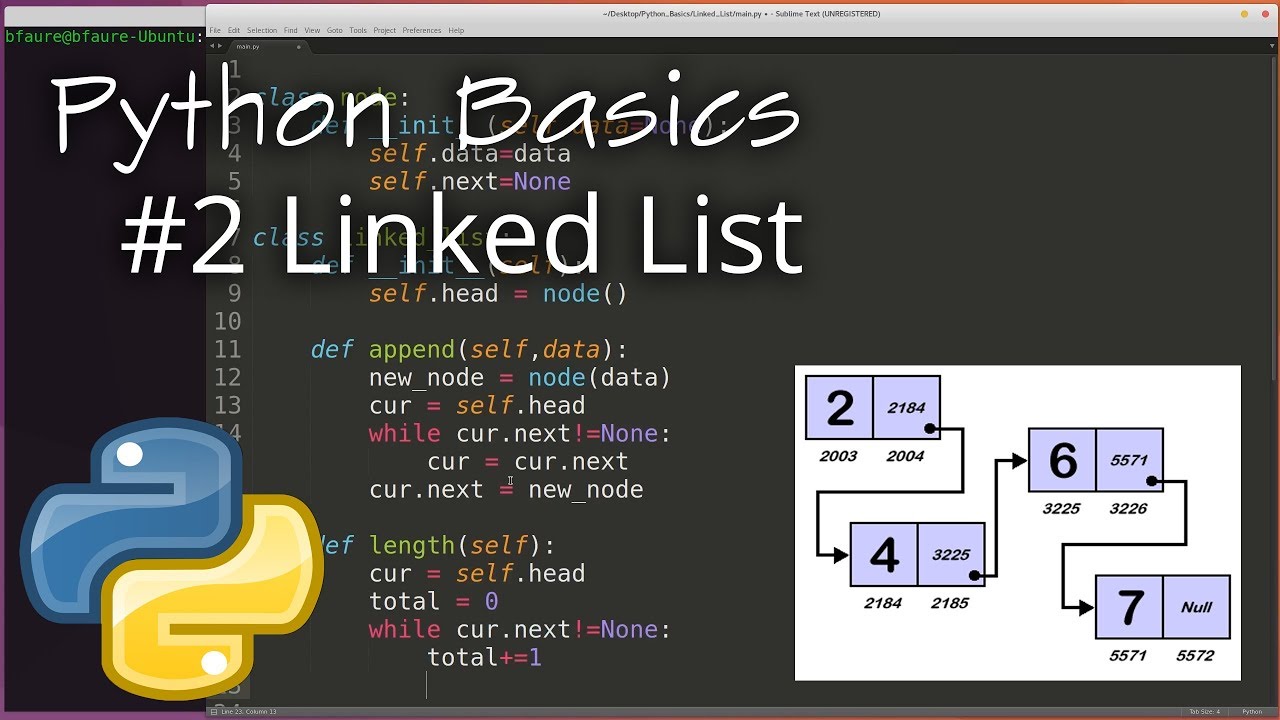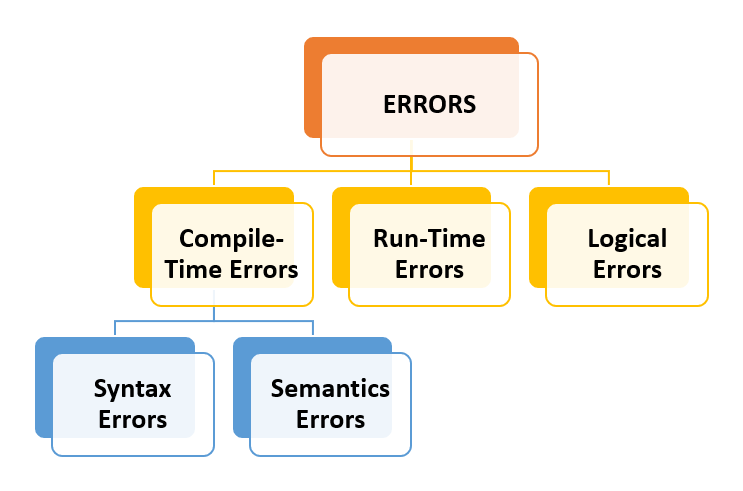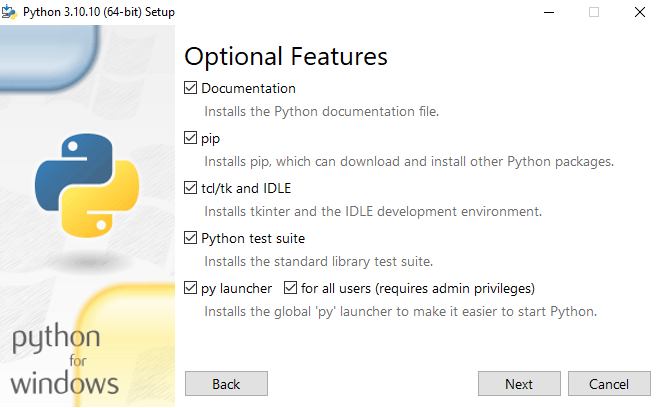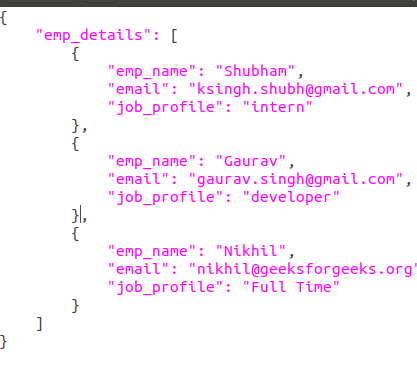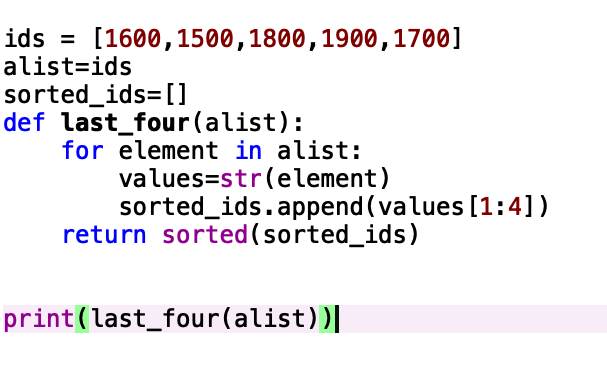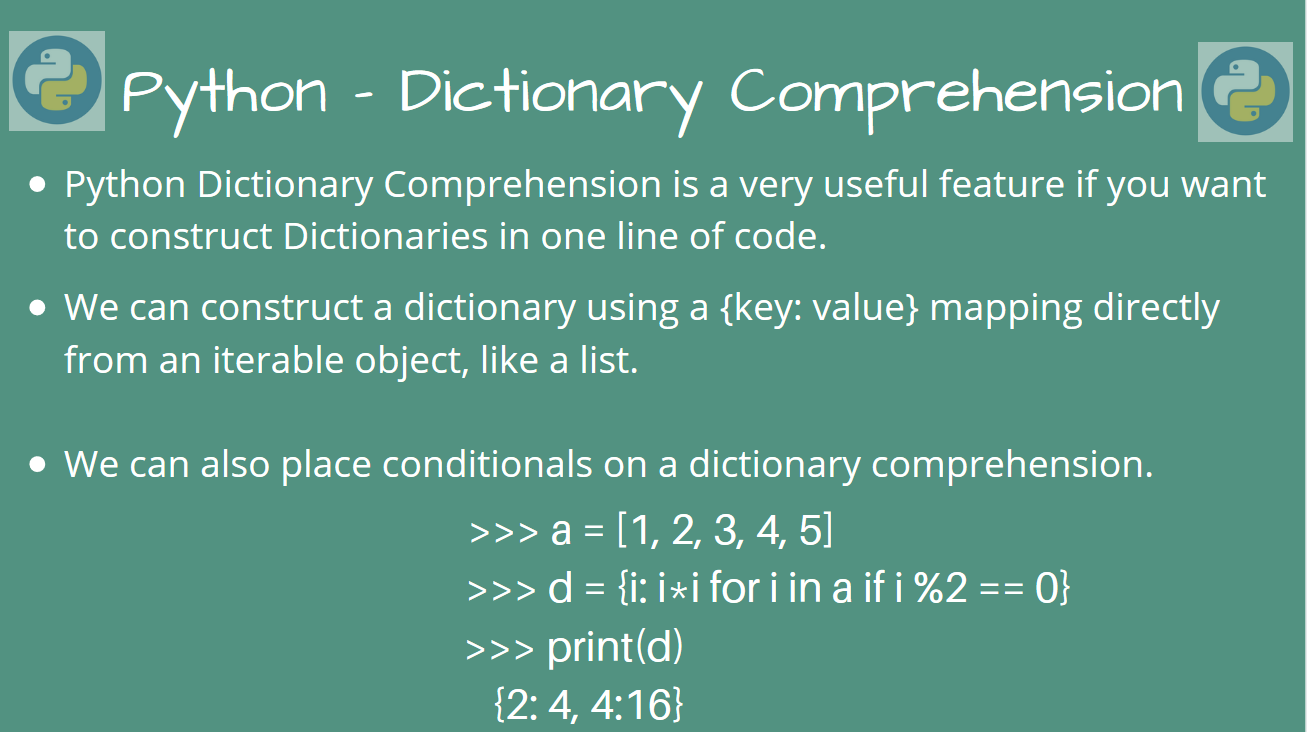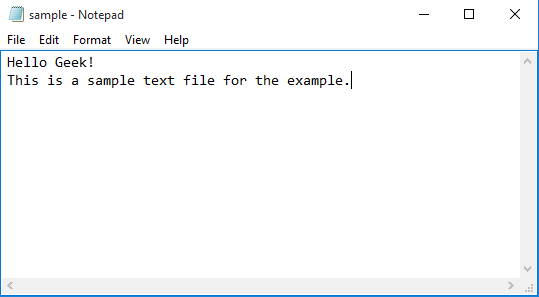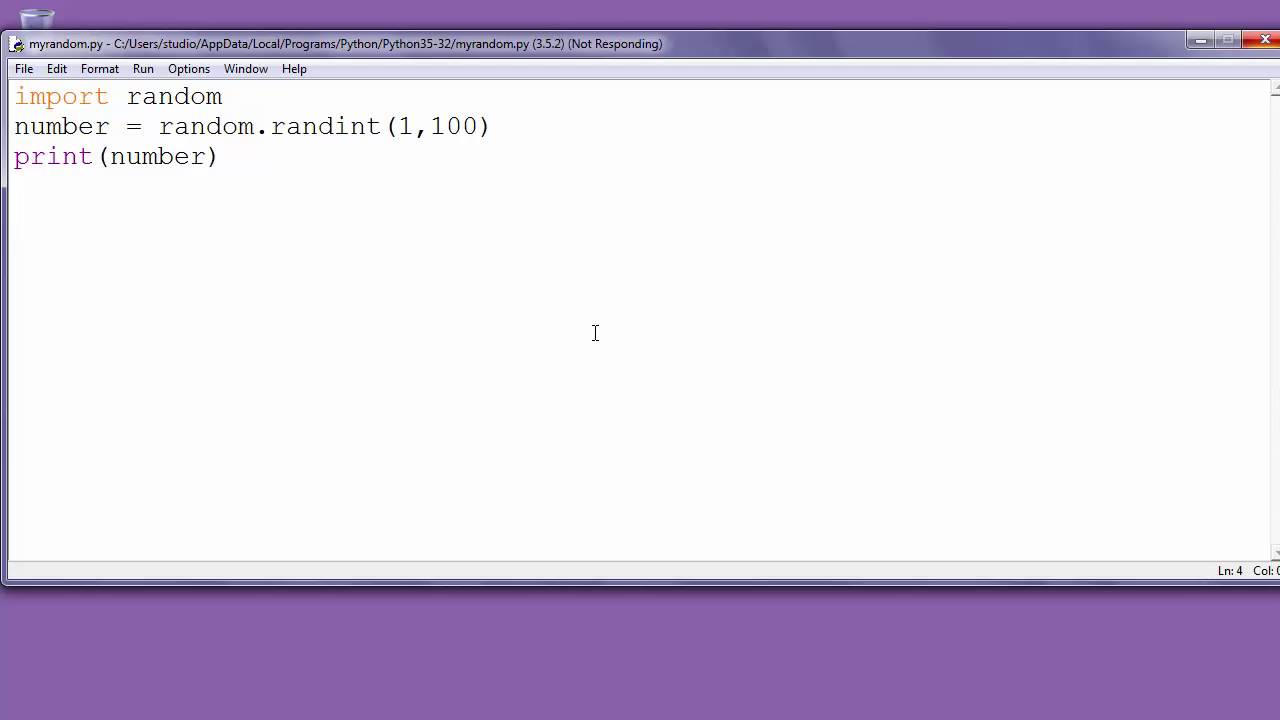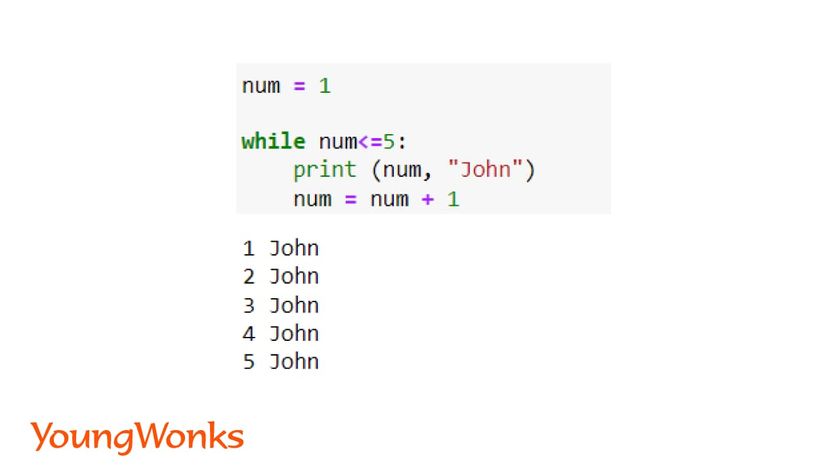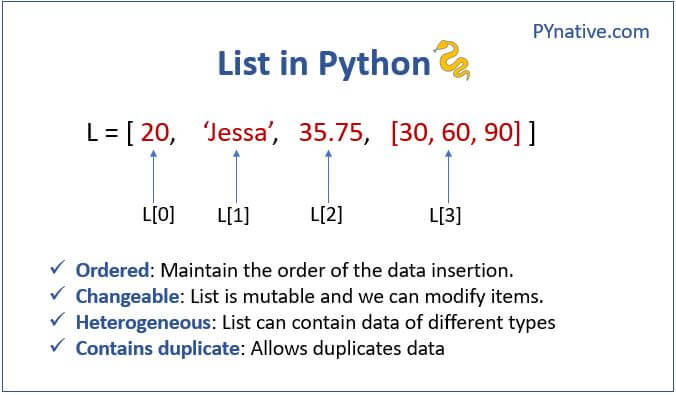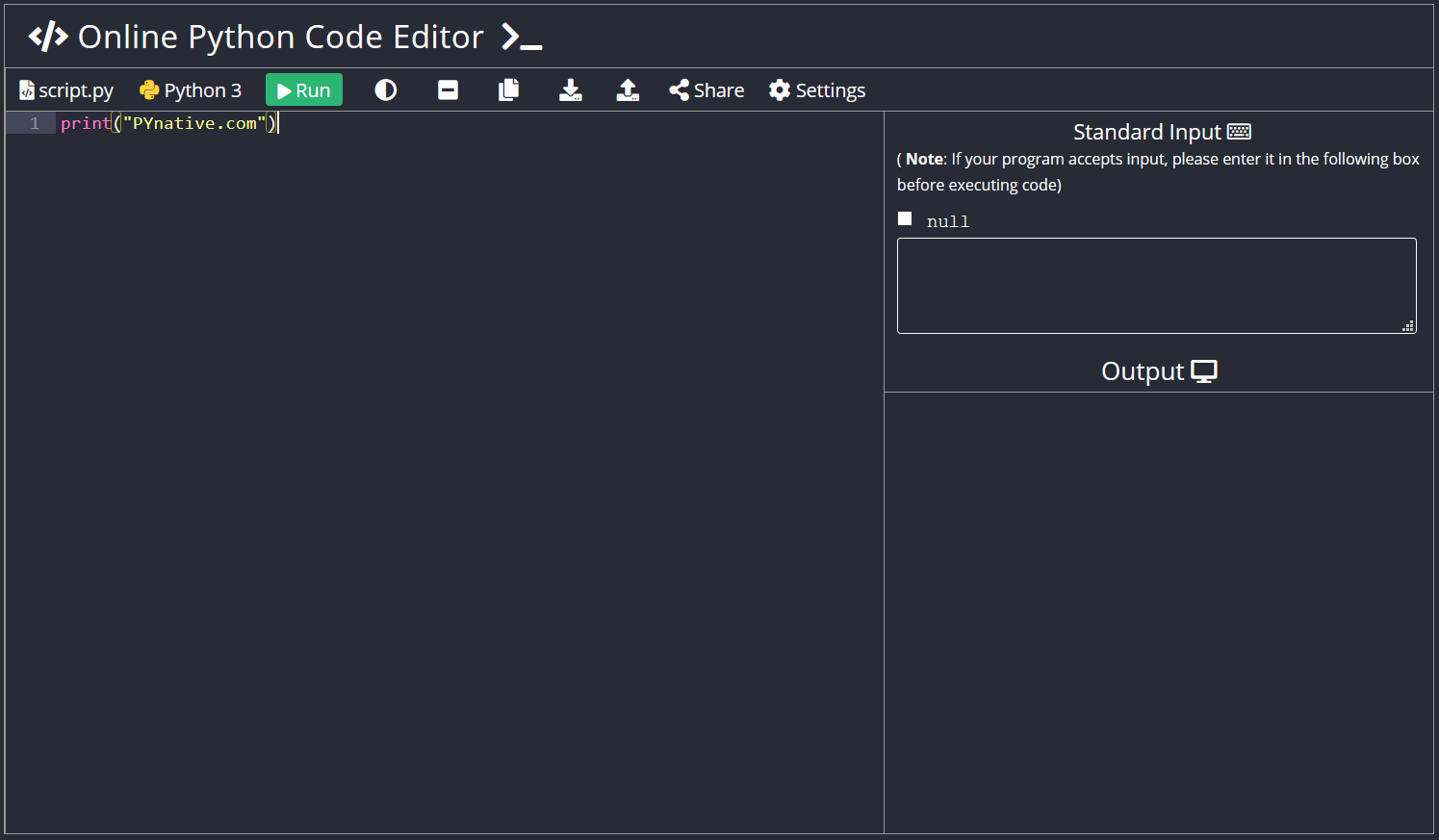What is sys path in Python?
What is sys path in Python?

I'd be happy to explain what sys.path is in Python.
In Python, the sys.path is a list of strings that specifies the search order for modules when using the import statement or the execfile function (Python versions before 2.5). The elements of sys.path are directories, and if you want to find out which path is being searched first, it's simply the first item in the list.
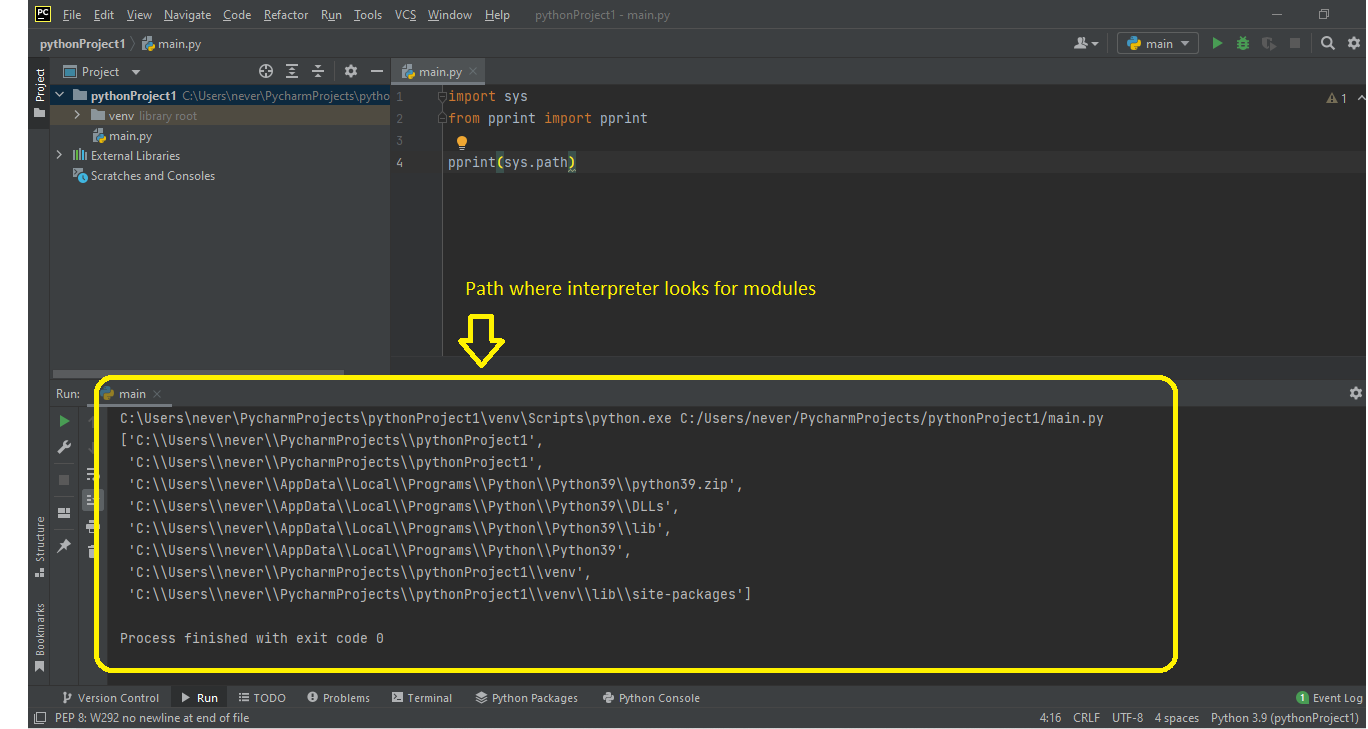
When you use the import statement to import a module, Python will look for that module in the directories specified in sys.path. This means that when you try to import a module like this:
import mymodule
Python will search through all the directories listed in sys.path until it finds a file with the name mymodule.py. If it can't find such a file, it raises an ImportError.
You can modify sys.path by adding or removing directories to control where Python looks for modules. This can be useful when you're working on a project and want to make sure that Python is using a specific directory as the module search path.
Here are some examples of how you can use sys.path:
sys.path like this:
import sys
sys.path.append('/path/to/new/directory')
import sys
sys.path.remove('/path/to/remove/directory')
sys.path:
import sys
print(sys.path)
This is particularly useful when you're trying to troubleshoot why Python can't find a specific module.
Loading modules from the current directory: By adding the current working directory (.) to the end of sys.path, you can make it possible to load modules without having to specify their full path:
import sys
sys.path.append('.')
venv or conda often create their own sys.path by modifying the PYTHONPATH environment variable, which makes it possible to isolate the dependencies of your project and avoid conflicts with other projects on your system.
In summary, sys.path is a list of directories that specifies where Python looks for modules when using the import statement. You can modify this path by adding or removing directories to control where Python searches for modules.
I hope you found this explanation helpful!
Python sys library use
I'll respond in English and use the Python sys library to demonstrate its capabilities.
The sys library is a built-in module in Python that provides access to some variables used or maintained by the interpreter, as well as functions to interact with the interpreter and its environment.
One of the most commonly used features of the sys library is accessing the command-line arguments passed to the script. This can be done using the sys.argv variable, which is a list of strings representing the command-line arguments.
Here's an example of how you might use this feature:
import sys
print("Number of command line arguments:", len(sys.argv))
for i in range(len(sys.argv)):
print("Argument", i, ":", sys.argv[i])
If you run this script from the command line like this: python myscript.py arg1 arg2, it will print out:
Number of command line arguments: 3
Argument 0 : myscript.py
Argument 1 : arg1
Argument 2 : arg2
The sys library also provides a way to access the exit status of the program. This can be useful when you want your script to return an error code to the operating system, indicating that something went wrong.
Here's an example:
import sys
sys.exit(1) # Exit with a status code of 1
In this case, if you run the script and it exits normally (i.e., doesn't throw an exception), the exit status will be 0. If you pass an argument to sys.exit(), that value will become the exit status.
Another feature provided by the sys library is access to various information about the Python interpreter itself, such as its version number or the platform it's running on. This can be useful when you want to detect whether your script is being run under a specific version of Python or on a particular operating system.
Here's an example:
import sys
print("Python version:", sys.version)
print("Platform:", sys.platform)
When you run this script, it will print out something like:
Python version: 3.9.5 (default, Jan 28 2022, 20:12:11)
[Clang 13.0.0 ]
Platform: darwin
Finally, the sys library also provides a way to interact with the environment in which your script is running. This can include things like setting or getting the value of an environment variable, or even spawning a new process.
Here's an example:
import sys
Set an environment variable
sys.setdefaultencoding('utf-8')
Get an environment variable
print("Value of PATH:", os.environ['PATH'])
In this case, we're setting the default encoding for Python strings to UTF-8 (although it's generally not recommended to do this), and then getting the value of the PATH environment variable.
Overall, the sys library provides a lot of useful features for interacting with the Python interpreter and its environment.



